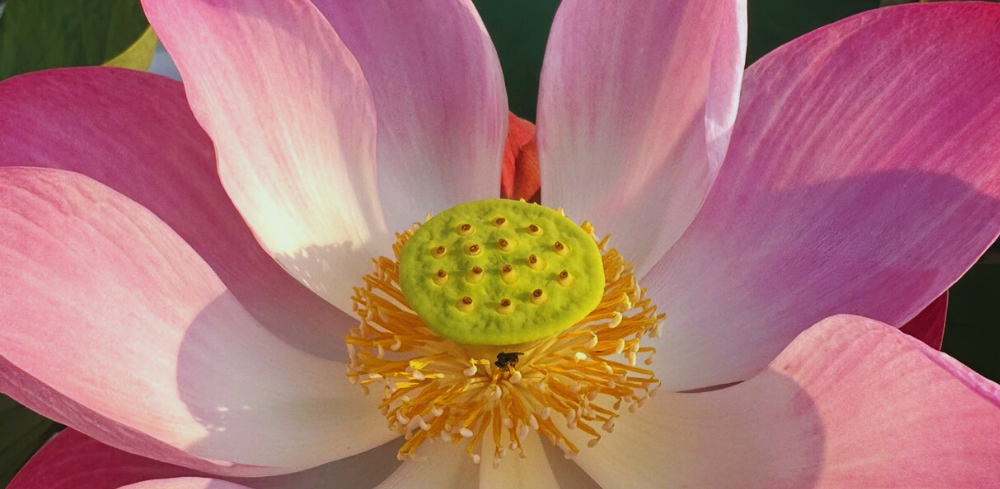
Mind the Mind
Mind the Mind: Taming the Wild Within
In a world brimming with constant noise—notifications, obligations, conversations, and distractions—our most powerful asset often gets neglected: the mind. It’s not something you can see, touch, or measure, but it shapes everything you experience. The quality of your mind determines the quality of your life.
“Mind your mind” isn’t just a clever phrase; it’s a lifelong practice. It is the act of paying attention to the non-physical continuum of thoughts, emotions, sensations, and consciousness that make up our inner world. Unlike the brain, the mind cannot be located in space, but its presence is unmistakably felt in every moment of our experience.
What Is the Mind?
The mind is not the brain. While the brain is a physical organ, the mind is an ever-flowing stream of mental events. These include your thoughts when you wake up, the emotions stirred by a conversation, the sensations that arise while walking through a park, and the awareness of all of these happening. The mind is not bound to a shape or form; it is dynamic, subjective, and in constant flux.
The mind is considered the forerunner of all actions.
“Mind is the forerunner of all states. Mind is chief; mind-made are they.”
This emphasizes that what we think becomes what we do, and what we do becomes who we are. If our mind is untrained, scattered, or consumed by negativity, it becomes a source of suffering. But when disciplined, it becomes a powerful tool for clarity, peace, and insight.
Monkey Mind: The Struggle of Attention
If you've ever tried to meditate—or even simply sit in silence—you’ll notice how quickly your mind darts from one thought to the next. This is often referred to as the “monkey mind,” a metaphor used to describe the mind’s restless nature. Like a monkey swinging from branch to branch, our attention jumps from memory to worry, from judgment to desire, rarely settling in the present moment.
This mental turbulence isn’t just frustrating—it’s exhausting. It leads to impulsive behavior, reactive emotions, and a disconnection from reality. In essence, when the mind goes unchecked, it becomes the root cause of much of our inner turmoil.
The Nature of the Mind
To truly mind your mind, it helps to understand some of its core characteristics:
1. Non-Physical
The mind cannot be pinpointed in an MRI scan or dissected in a lab. It doesn’t exist in the same way as a liver or a lung. Instead, it’s a continuum—a flow of experience that cannot be separated from consciousness.
2. Ever-Changing
Unlike the body, which grows and ages in relatively linear fashion, the mind transforms from moment to moment. One second you’re feeling joy, the next you're overwhelmed with anxiety. This constant fluctuation is both a challenge and an opportunity.
3. Not a Soul
The view of mind does not equate it with an eternal soul. Rather, it is an impermanent process—subject to cause and effect, growth, decline, and transformation.
4. Precursor to Action
Your thoughts give rise to your behavior. A negative mindset can breed harmful actions; a compassionate mindset can lead to healing. This understanding places incredible power in our hands: by training the mind, we shape our lives.
Mind vs. Body: Two Entities, One Experience
Although distinct, the mind and body are intimately connected. The state of your body can influence the state of your mind—just consider how poor sleep or an unhealthy diet can impact your mental clarity. Conversely, cultivating peace of mind can lead to better physical health, as reduced stress boosts the immune system and supports heart health.
In the Buddhist view, the body is a temporary vessel, a vehicle for the mind’s journey. When the body ceases, the mind continues its continuum, shaped by the karmic imprints of one's past actions and intentions.
Training the Mind: From Reaction to Response
If the untrained mind leads to suffering, then what’s the solution?
Training. Observation. Awareness.
Just as an athlete trains their body, we can train the mind to become more stable, more resilient, and less reactive.
Here are a few ways to begin:
1. Mindful Observation
Become aware of your thoughts without identifying with them. Observe them like clouds passing through the sky—acknowledge their presence, but don’t cling. This alone begins to loosen their power over you.
2. Shift Your Focus
When negative or harmful thoughts arise, gently redirect your attention. Focus on something positive—gratitude, compassion, or even just the feeling of your breath. This breaks the cycle of mental rumination.
3. Labeling
Give your thoughts or emotions a name: “This is anxiety,” “This is anger,” “This is judgment.” By naming them, you create a space between the thought and the self. You are not your thoughts; you are the awareness observing them.
4. Meditation Practice
Consistent meditation doesn’t eliminate thoughts—it helps you relate to them differently. Over time, the practice builds awareness, patience, and mental clarity.
5. Embrace Non-Judgmental Awareness
True mental freedom comes when we stop judging our thoughts and emotions as good or bad. Instead, we simply see them for what they are: fleeting events in consciousness. When we stop resisting, we begin understanding.
Why “Mind Your Mind” Matters Now More Than Ever
In the digital age, our attention is a battleground. Every swipe, click, and scroll pulls our focus outward. This leaves very little space to reflect inward—to check in with our mental state and re-center ourselves. We’re constantly doing, but rarely being.
“Minding your mind” isn’t about suppressing thoughts or forcing positivity. It’s about cultivating a quiet awareness, a knowing that you are not the chaos in your mind but the still presence behind it. From that place, wisdom arises. Peace becomes accessible. And life, in all its imperfection, becomes more bearable—sometimes even beautiful.
Closing Thoughts: The Glow of Awareness
In learning to mind your mind, you discover something extraordinary: peace doesn’t come from changing the world outside—it comes from relating to it differently inside. Your thoughts will continue to come and go, emotions will rise and fall, but your awareness—the part of you that observes without judgment—remains constant.
Let that awareness be your anchor. Let it guide you from chaos to clarity, from reactivity to intention. Train it, nurture it, and above all, trust it.
Because in the end, your mind is the canvas of your life.
And only you can choose how to paint it.




